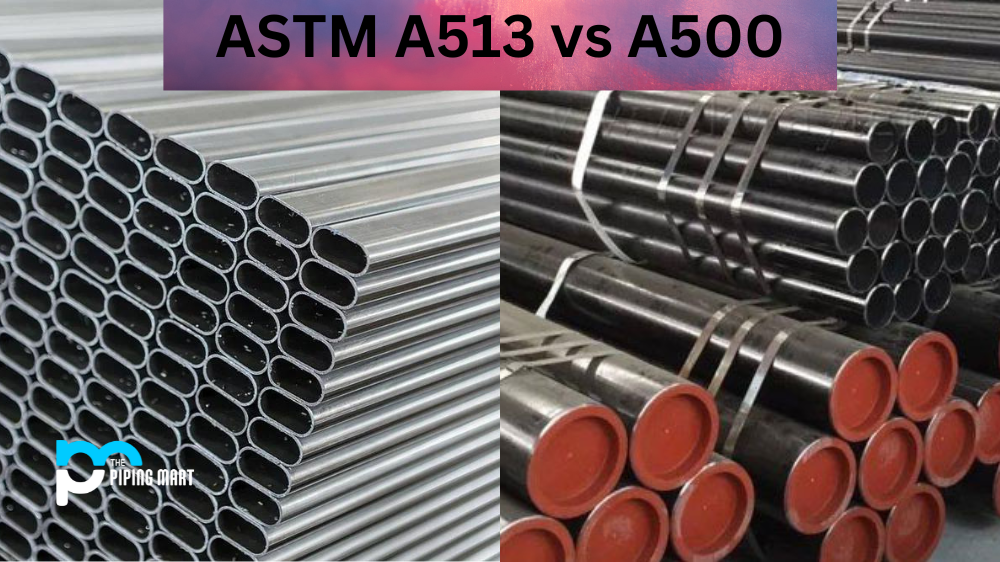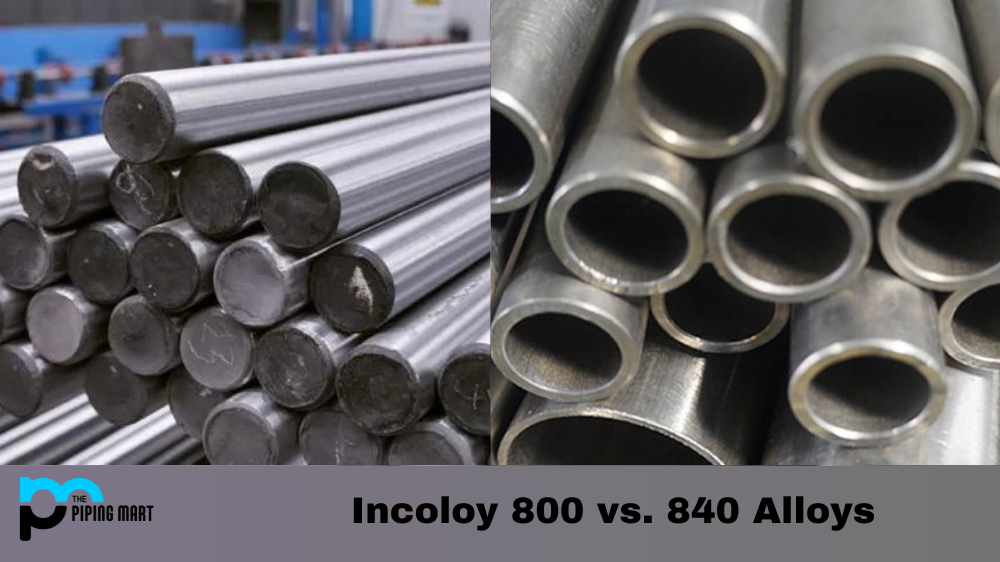The world of steel tubing can be confusing for those outside of the industry. Knowing the right choice for your specific application can take time with so many different standards and specifications. Two of the most commonly used standards in the industry are ASTM A513 and A500. While they are similar in many ways, they have unique differences that could make one a better choice than the other in certain applications. In this blog post, we’ll dive deeper into these two standards and provide a better understanding of their key differences.
Difference Between ASTM A513 and A500
Composition
The steel composition used in each standard is one of the biggest differences between ASTM A513 and A500. ASTM A513 is made from 1008-1015 steel, primarily composed of iron with a small percentage of carbon. This makes it perfect for applications where close dimensional tolerances and a smooth surface finish are essential. In contrast, A500 is made from a higher grade of steel known as A1085. A1085 has a higher carbon content than A513 and includes elements such as silicon and manganese. This means it is stronger, more durable, less malleable, and harder to bend.
Manufacturing Process
Another key difference between these two standards is the manufacturing process used to make them. ASTM A513 tubing is made by rolling a metal strip through a series of rollers until it reaches the desired shape. This is known as electric resistance welding (ERW). A500, on the other hand, is made using more advanced methods such as seamless or spiral welding. The result is a product that can withstand higher levels of stress and pressure.
Physical Properties
Regarding physical properties, A500 is the stronger of the two standards. It has a minimum yield strength of 50,000 psi compared to A513’s minimum yield strength of 30,000 psi. A500 also has a higher tensile strength, which means it can withstand more pressure before breaking. This makes it ideal for applications where load-bearing capabilities are essential.
Tube Sizes
Another key difference between these two standards is the range of tube sizes they are available in. ASTM A513 is available in a wide range of sizes, from as small as 0.25 inches in diameter up to 12 inches in diameter. A500 comes in a smaller range, with sizes ranging from 0.375 inches to 12 inches in diameter. This means that if you require a specific tube size that falls outside the range of A500, you may need to opt for A513 instead.
Cost
Finally, the cost is a factor that many manufacturers will consider when choosing between these two standards. Because A500 uses a higher grade of steel and more advanced manufacturing methods, it is typically more expensive than A513. However, this extra cost may be worth it for certain applications where strength and durability are essential.
Conclusion
When choosing between ASTM A513 and A500, there are various factors to consider, including composition, manufacturing process, physical properties, tube sizes, and cost. While they are both commonly used standards in the industry, they have key differences that make one a better choice for specific applications. By understanding these differences, you can make an informed decision and ensure you choose the right steel tubing for your project. So don’t hesitate to research and consult with experts to ensure you make the best choice for your unique needs.

Abhishek is a seasoned blogger and industry expert, sharing his insights and knowledge on various topics. With his research, Abhishek offers valuable insights and tips for professionals and enthusiasts. Follow him for expert advice on the latest trends and developments in the metal industry.




